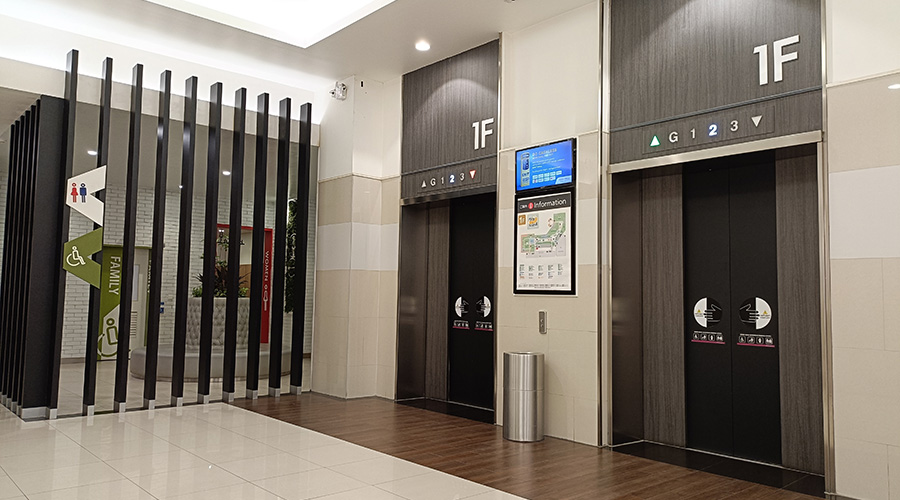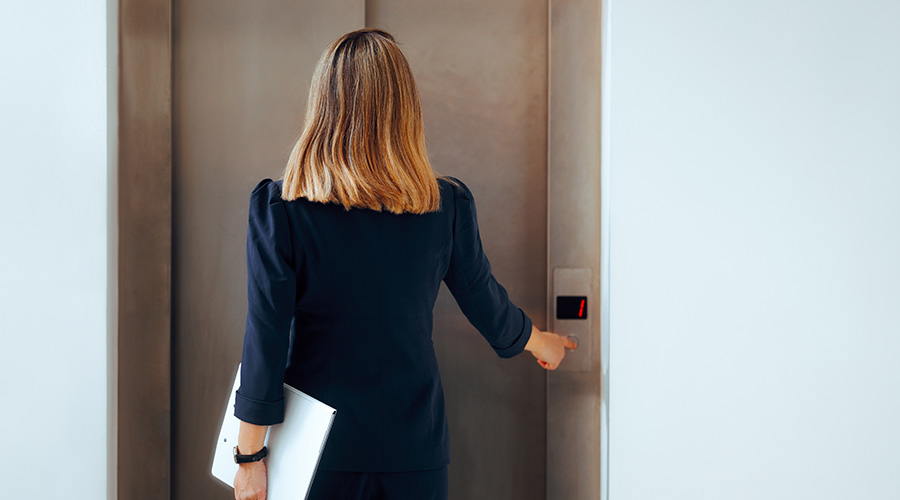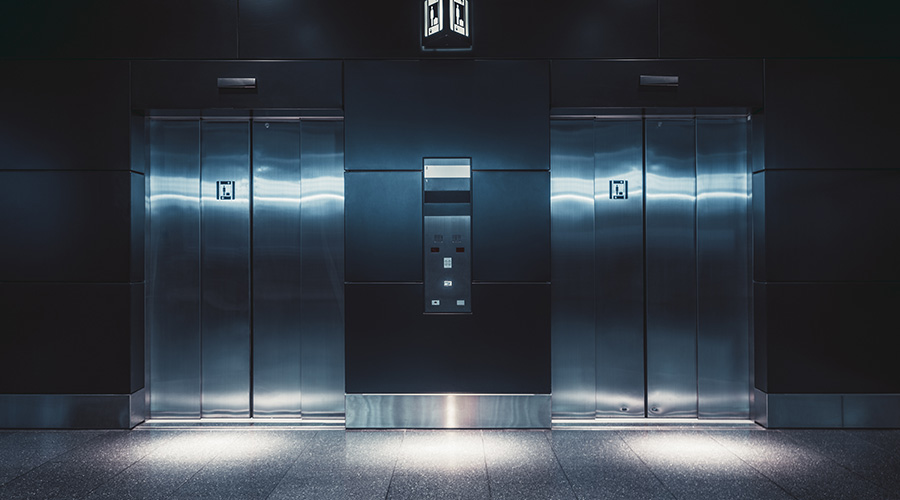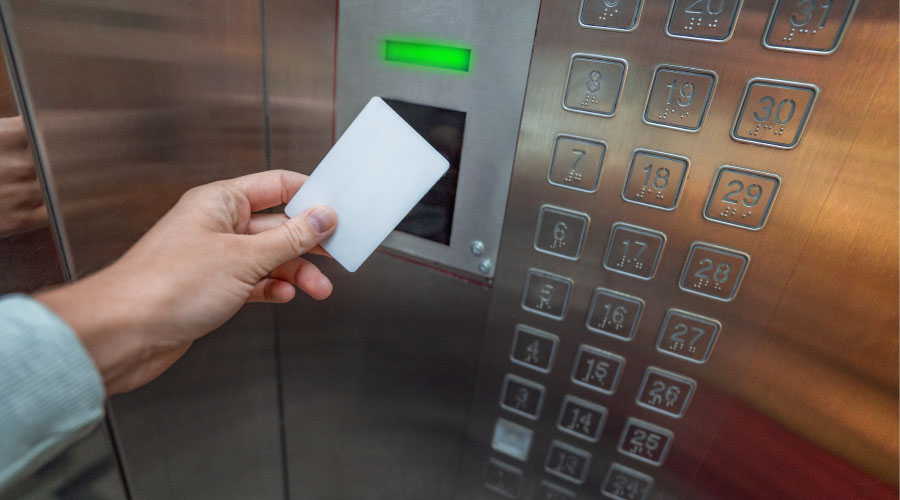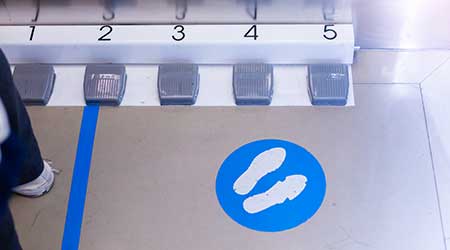 Around the world, elevator passengers have looked for innovative ways to avoid touching elevator buttons during the pandemic. Shown here is a foot-operated floor selection control. Smartphone app interfaces and destination-dispatch technology can provide a more elegant alternative.
Around the world, elevator passengers have looked for innovative ways to avoid touching elevator buttons during the pandemic. Shown here is a foot-operated floor selection control. Smartphone app interfaces and destination-dispatch technology can provide a more elegant alternative. Elevator and Escalator Innovations Play Role in Pandemic Recovery
Vertical transportation became a focal point for discussions about returning safely to buildings during the coronavirus pandemic.
If 2020 taught us anything, it was that change is constant and to expect the unexpected. The year brought many changes to nearly every single aspect of our daily lives. The vertical transportation industry was certainly not immune to those changes. The global pandemic shone a spotlight on vertical transportation. Elevators and escalators became the focal point of discussions around recovery and resumption of life for their vital role within buildings.
The building industry has always been forward thinking, working to solve the unique problems and advancing innovation in the spaces in which we spend most of our lives. This is especially true for vertical transportation, as without properly functioning equipment, billions of people would not be able to move in and through those spaces every single day. In an industry that designs and maintains equipment based on the strictest safety measures, it takes years for new code-compliant technologies to be developed. This underscores the importance of being forward-thinking.
As such, the innovations of elevators and escalators that mitigate the risk of disease and increase efficiency were a primary concern. While many of these innovations were not developed as a result of COVID-19, they will help to maximize the safety of people within buildings in the pandemic recovery. Just as grocery delivery services were not created under the pressure of a global pandemic, neither were touchless elevator call buttons, destination dispatching systems, or ultraviolet light sanitization capabilities. Originally designed as a convenience, efficiency, or luxury, these technologies are now key to aiding the recovery and our return to normalcy. They will maximize safety and prioritize efficiency.
Innovation in practice
Emerging technologies are not reserved only for equipment. During the massive shift of millions of Americans to remote work, several jurisdictions adjusted to completing inspections virtually with video technology. Moves in this direction will streamline the inspection process in facilities. Efficiencies like meetings and periodic inspections have been successfully accomplished virtually, and are expected to continue even after COVID-19.
For facility managers, this year has brought whole new levels of complexity — navigating the ever-changing requirements and guidelines from the Centers for Disease Control and Prevention and World Health Organization, managing for the unknown, and arming occupants with the best sanitization and safety possible. Elevator service providers can be consulted to provide expertise on what technologies and processes will best suit the challenges and opportunities in a building in consideration of changing traffic patterns, accessibility needs, and more.
Amy Blankenbiller is executive director of National Elevator Industry, Inc. She previously served as the organization’s vice president of government affairs for over ten years.
Related Topics:









